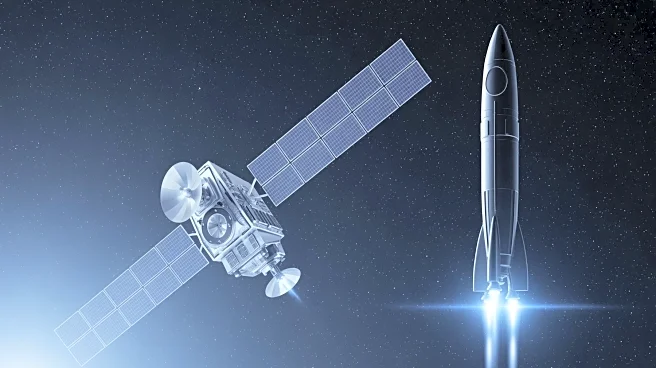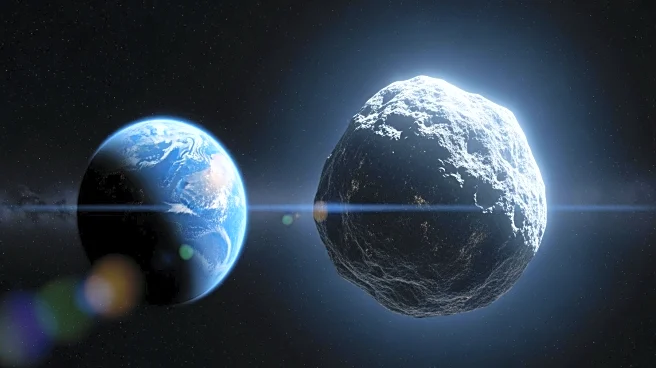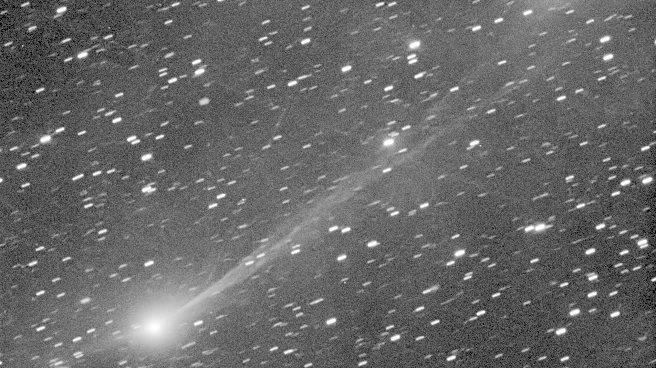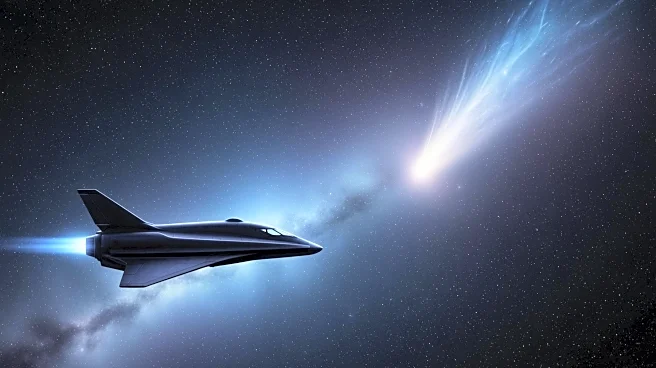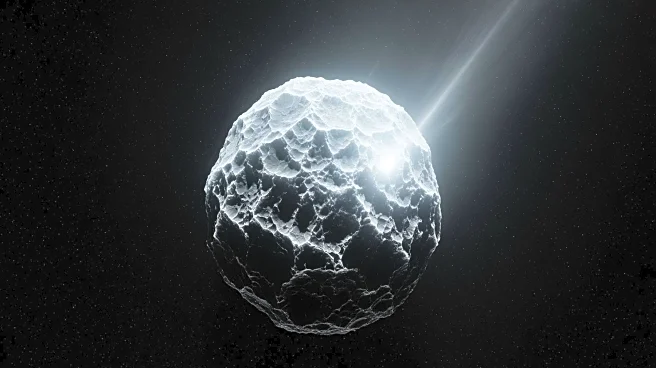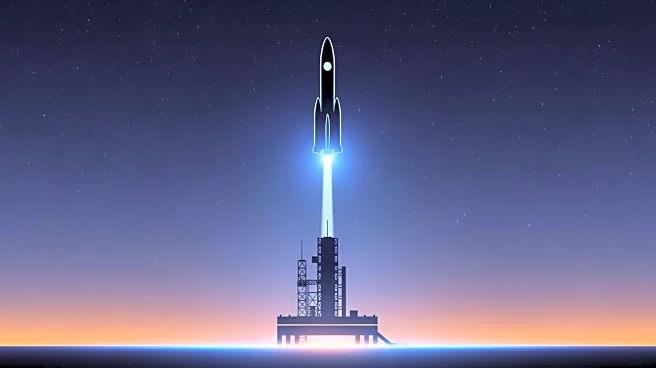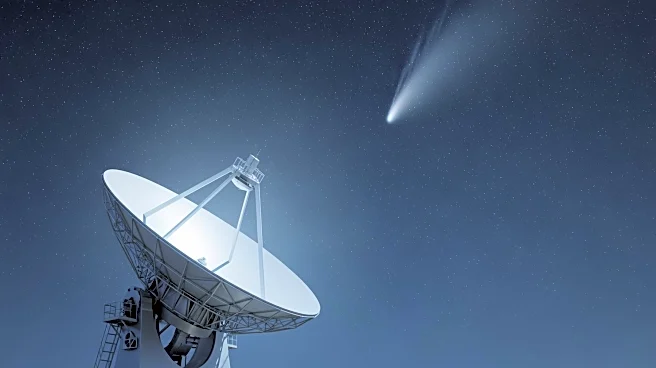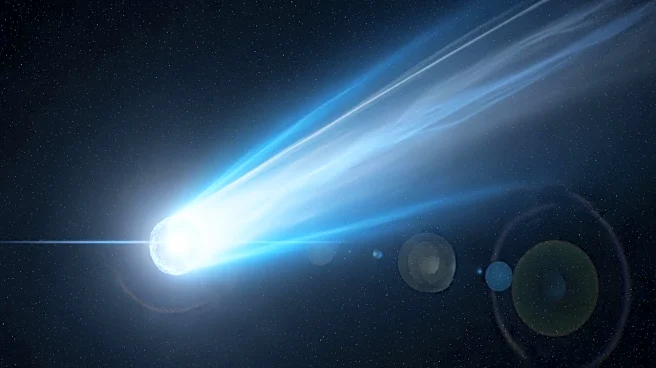What's Happening?
NASA's Neil Gehrels Swift Observatory, which faces the risk of an uncontrolled reentry to Earth, is set to be rescued by a Pegasus XL rocket. The observatory, launched in 2004, remains operational and could continue capturing data on gamma-ray bursts
if boosted to a higher orbit. Katalyst Space Technologies has been awarded a $30 million contract by NASA to execute this rescue mission, planned for June 2026. The mission will mark the first time a commercial robotic spacecraft captures an uncrewed government satellite. The Pegasus XL, an air-launched vehicle, was chosen for its ability to meet the unique orbit and schedule requirements of the mission.
Why It's Important?
The rescue mission is critical to preserving the scientific capabilities of the Swift Observatory, which provides valuable data on gamma-ray bursts and other cosmic phenomena. The use of the Pegasus XL rocket, despite its last flight being in 2021, demonstrates the adaptability and cost-effectiveness of air-launched vehicles for specific orbital requirements. This mission underscores the importance of commercial partnerships in space exploration, as Katalyst's involvement represents a significant step in the evolution of satellite servicing and orbital maintenance. Successfully boosting the observatory's orbit will extend its operational life, allowing continued contributions to astrophysical research.
What's Next?
The mission is scheduled for June 2026, with preparations underway to ensure the successful execution of the orbit boost. Katalyst and Northrop Grumman will work closely to meet the stringent requirements of the mission, including the unique low-inclination orbit and tight timeline. The success of this mission could pave the way for future commercial satellite servicing operations, potentially leading to more sustainable and cost-effective solutions for maintaining and extending the life of space assets.
